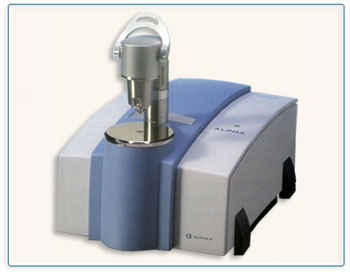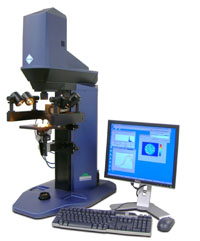| 215-792-6411 | |
| 848-459-6295 |
Your Resources of
PAT and QBD
Case Studies
|
|
|
|||
|
|
||||
|
|
|
|||
|
|
||||
|
|
|
|||
|
|
||||
|
|
|
|||
|
|
||||
|
|
|
|||

Glossary
- Analysis of Variance (ANOVA) - provides a statistical test of whether or not the means of several groups are all equal, and therefore generalizes the t-test to more than two groups.
- Bias –is a systematic as opposed to a random distortion of a statistic as a result of sampling procedure.
- Colinearity – a statistical phenomenon in which two or more predictor variables in a multiple regression model are highly correlated.
- Covariance – is a measure of how much two variables change together.
- Cross Validation – is a technique for estimating the performance of a predictive model.
- Explained Variance – measures the proportion to which a mathematical model accounts for the variation of a given data set.
- Latent Variables – are not directly observed but are rather inferred (through a mathematical model) from other variables that are observed (directly measured). Mathematical models that aim to explain observed variables in terms of latent variables are called latent variable models.
- Loadings – also called principal component (PC) loadings in PCA, loadings are the correlation coefficients between the variables and PCs . Analogous to Pearson’s r, the squared PC loading is the percent of variance in that indicator variable explained by the PC. To get the percent of variance in all the variables accounted for by each PC, add the sum of the squared PC loadings for that PC and divide by the number of variables. (Note the number of variables equals the sum of their variances as the variance of a standardized variable is 1) This is the same as dividing the PC's eigenvalue by the number of variables. By one rule of thumb in confirmatory factor analysis, loadings should be 0.7 or higher to confirm that independent variables identified a priori are represented by a particular PC, on the rationale that the 0.7 level corresponds to about half of the variance in the indicator being explained by the factor. However, the 0.7 standard is a high one and real-life data may well not meet this criterion, which is why some researchers, particularly for exploratory purposes, will use a lower level such as 0.4 for the central factor and 0.25 for other factors call loadings above 0.6 "high" and those below 0v.4 "low". In any event, factor loadings must be interpreted in the light of theory, not by arbitrary cutoff levels.
- Outliers – An outlying observation, or outlier, is one that appears to deviate markedly from other members of the sample in which it occurs.
- Principal Component – is also called the latent variable used in principal component analysis.
- Standard Error of Performance – Variation in the precision of predictions over several samples.SEP is computed as the standard deviation of the residuals.
- Scores – also called principal component (PC) scores in PCA, scores are the scores of each sample (row) on each PC (column). To compute the PC score for a given sample for a given PC, one takes the sample's standardized score on each variable, multiplies by the corresponding PC loading of the variable for the given factor, and sums these products. PC scores may be used as variables in subsequent modeling.
- Systematic Variation – is to denote variation which is deterministic, as opposed to stochastic, and which can therefore be represented by a deterministic mathematical expression.
Our Services
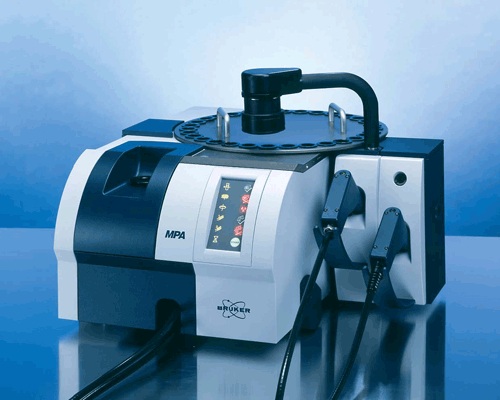 |
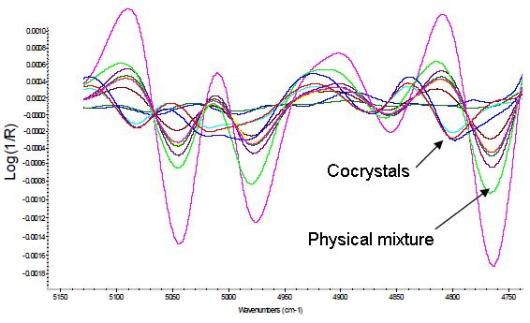 |
 |
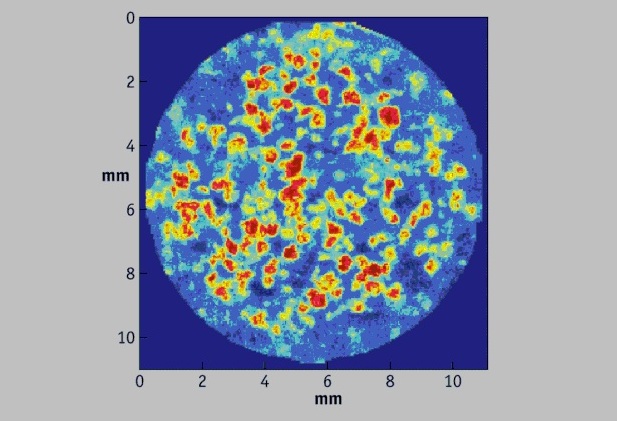 |
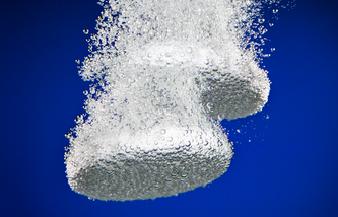 |
|||||
| Method Development | Process Validation | Troubleshooting | Material Identification | User Training | |||||
| NiRACLE assists clients in developing NIR-based methods for both GMP and non-GMP applications. Non-GMP NIR methods take advantage of NiRACLE’s proprietary modeling method and designing a comprehensive sampling plan. | NiRACLE is specialized in multivariate data analysis, which plays a critical role in today’s process validation.NiRACLE works with clients in selecting suitable process monitoring methods and designing a comprehensive sampling plan. | Using NIR chemical imaging and multivariate data analysis tools, NiRACLE can assist clients in troubleshooting product and process related problems. | NiRACLE can help clients in developing a NIR-based raw material identification system to replace the conventional wet chemistry methods. | NiRACLE provides training in basic and advanced NIR/NIR chemical imaging related method development, which include proper use of instruments, experiment design and multivation... | |||||
| ++ More Details | ++ More Details | ++ More Details | ++ More Details | ++ More Details |
| Home | Company | Services | Case Studies | Resources | Contact | News Releases
Copyright ©2019 Niracle, LLC . All rights reserved Privacy Statement | Terms and Conditiions |

